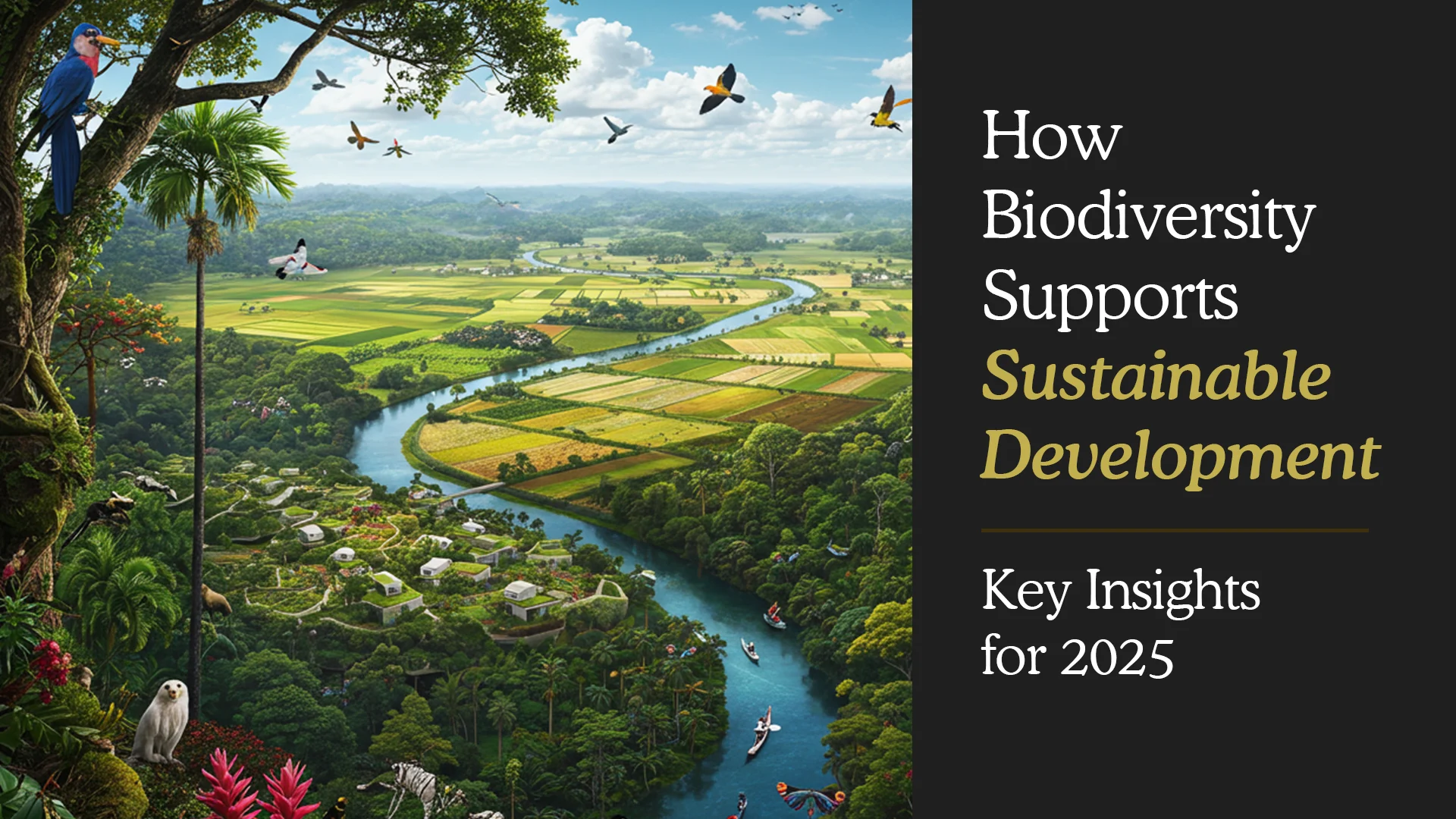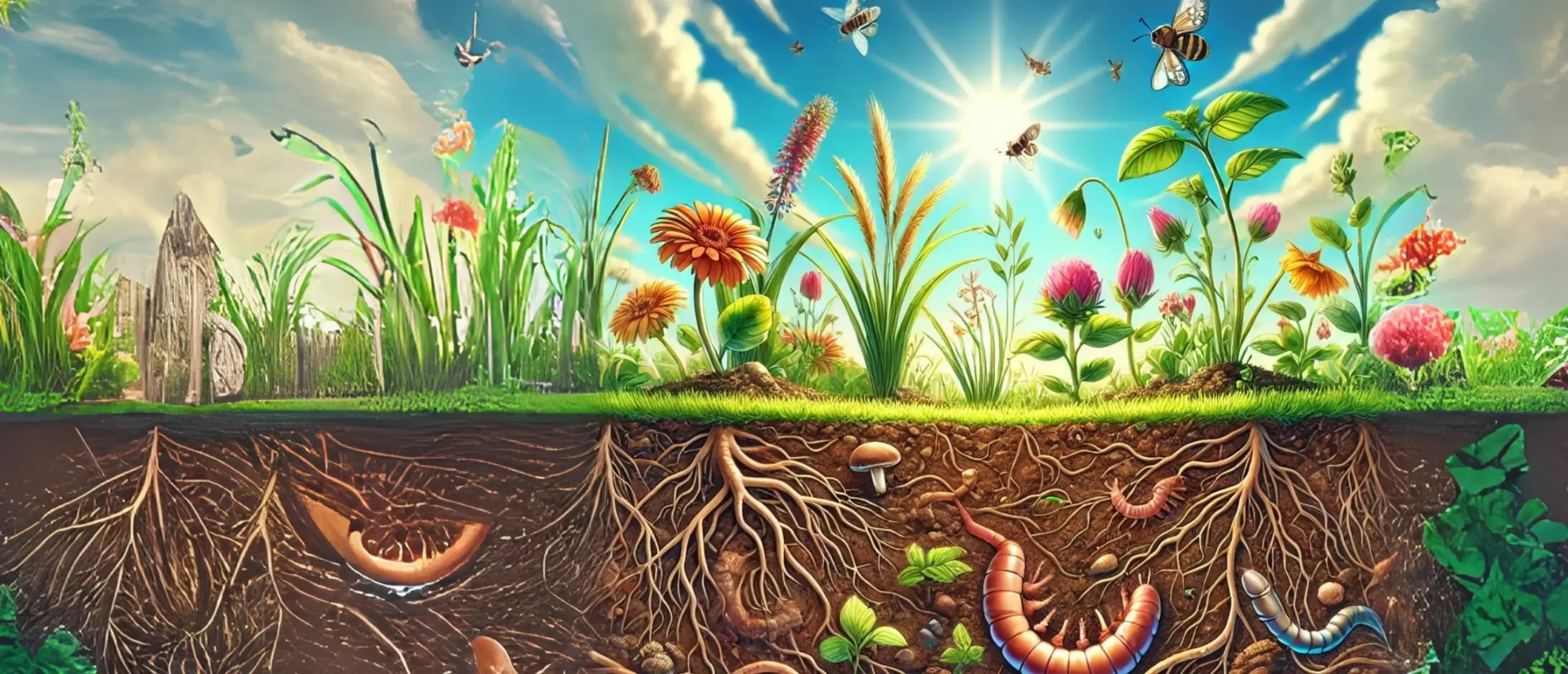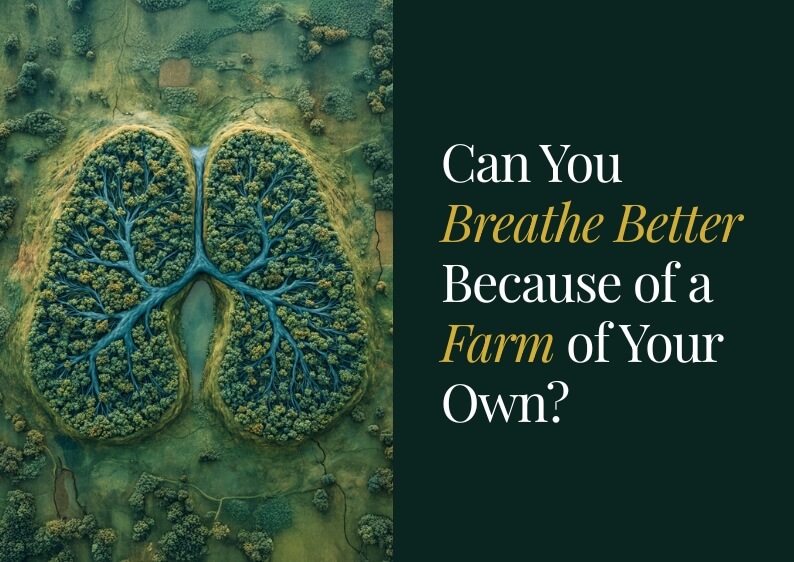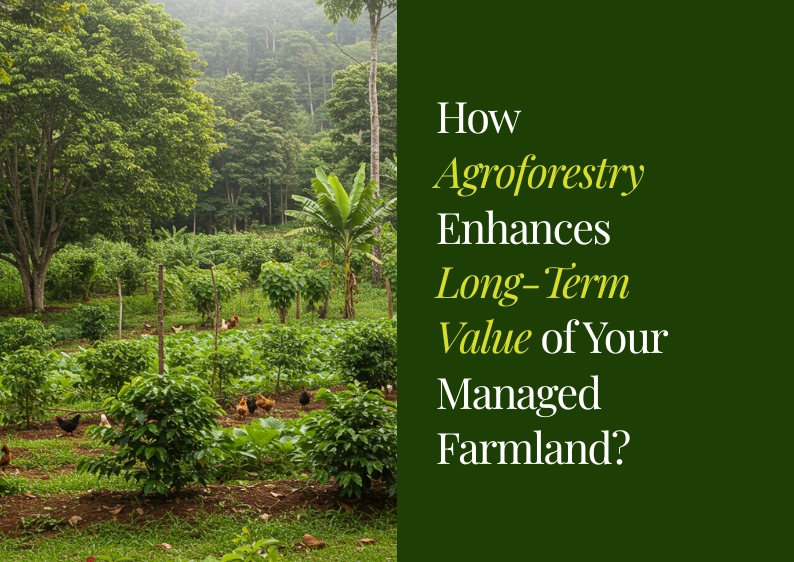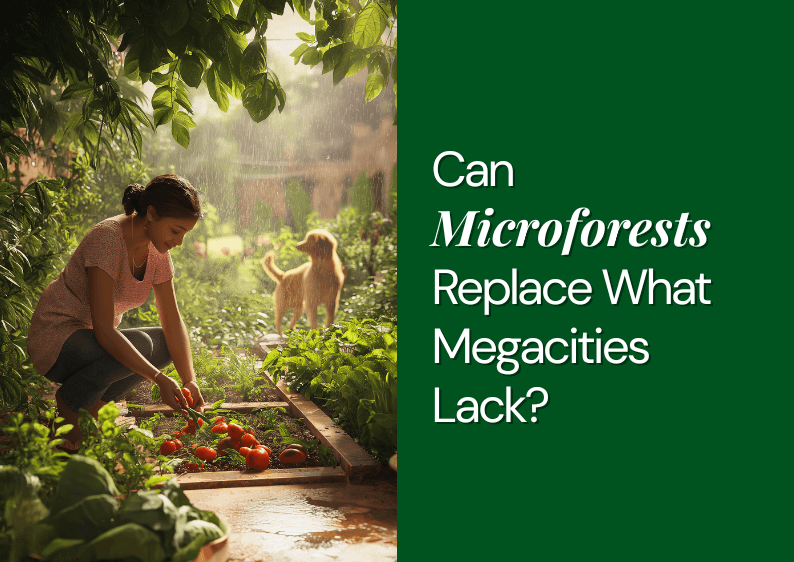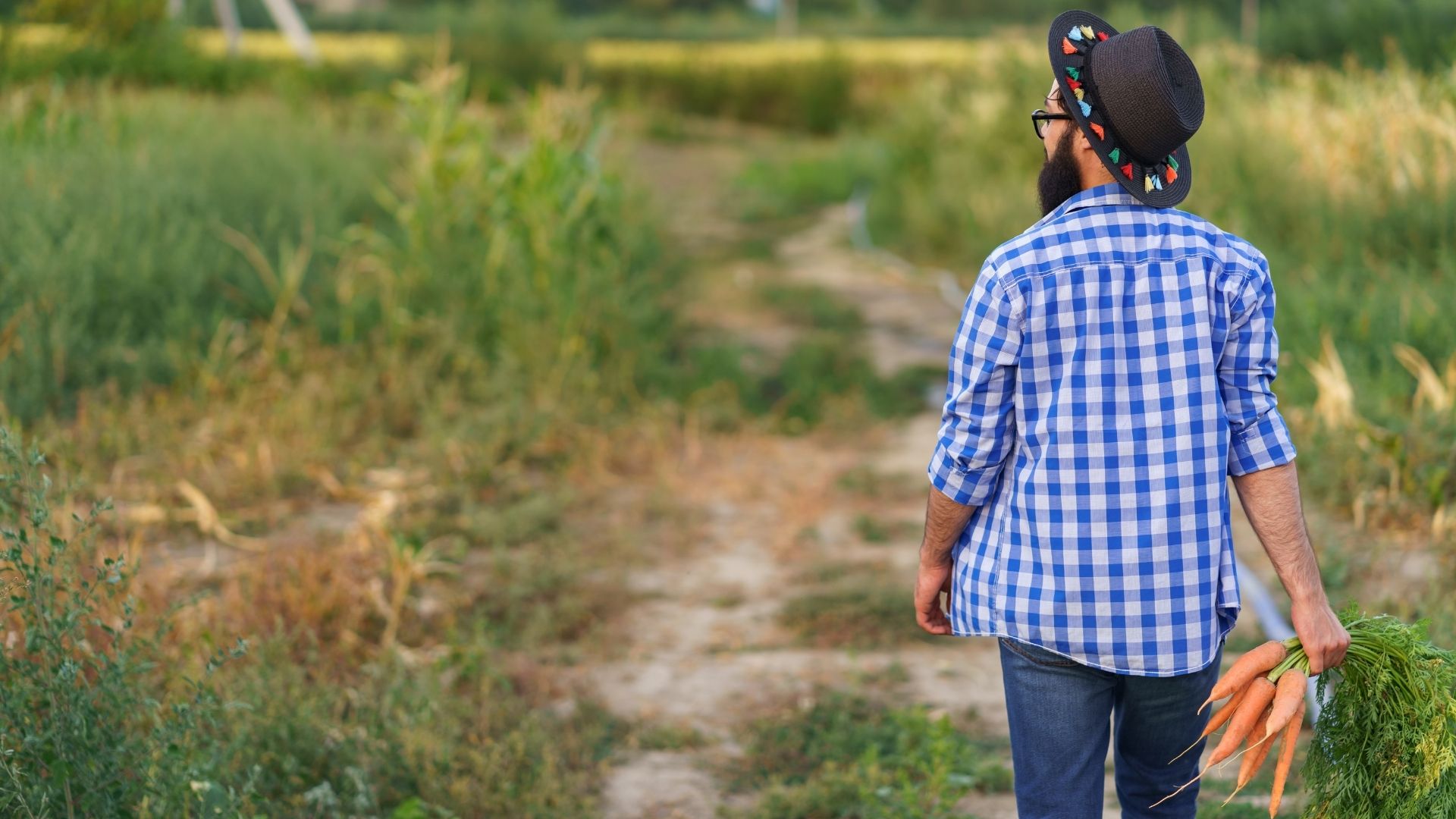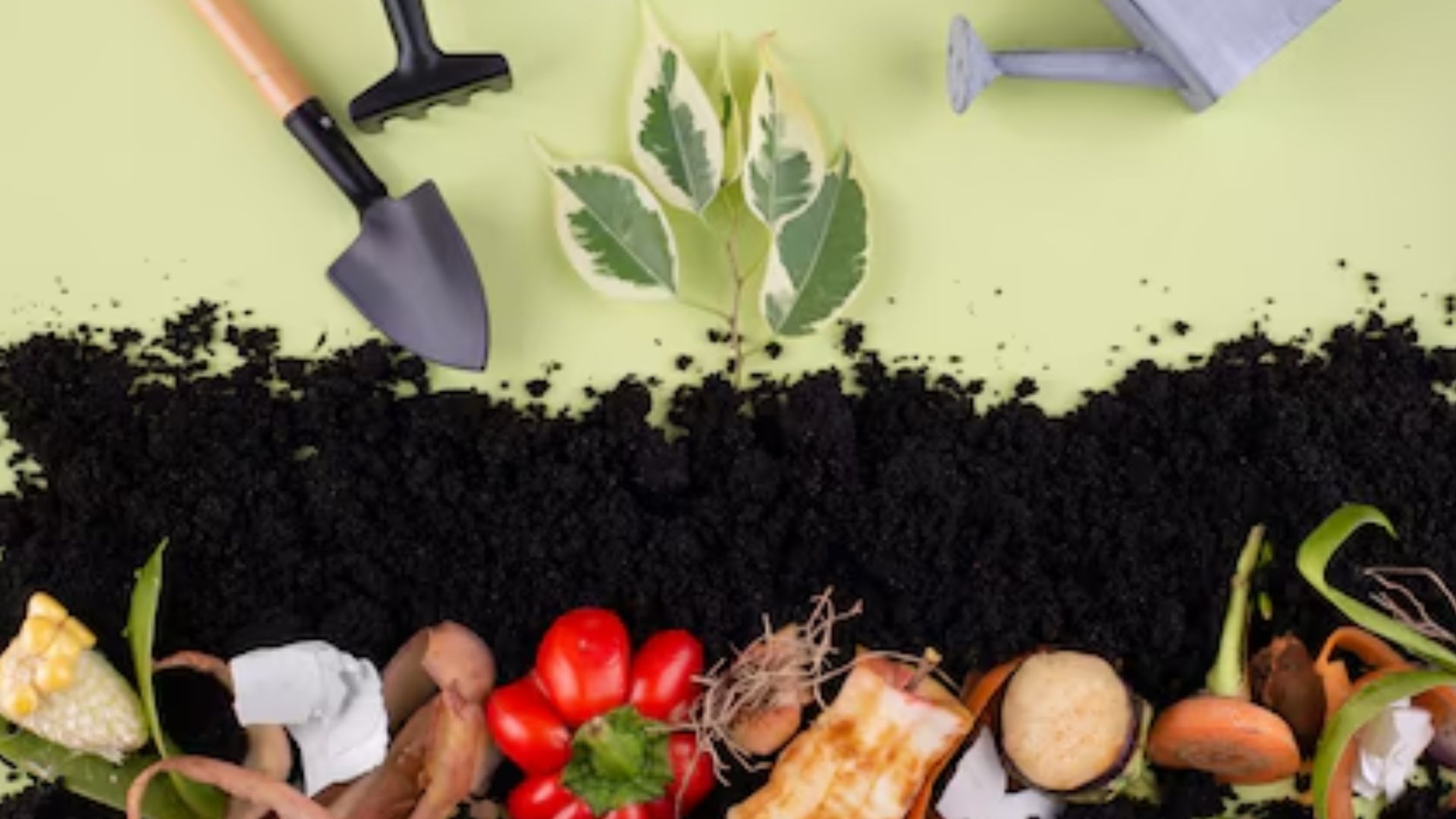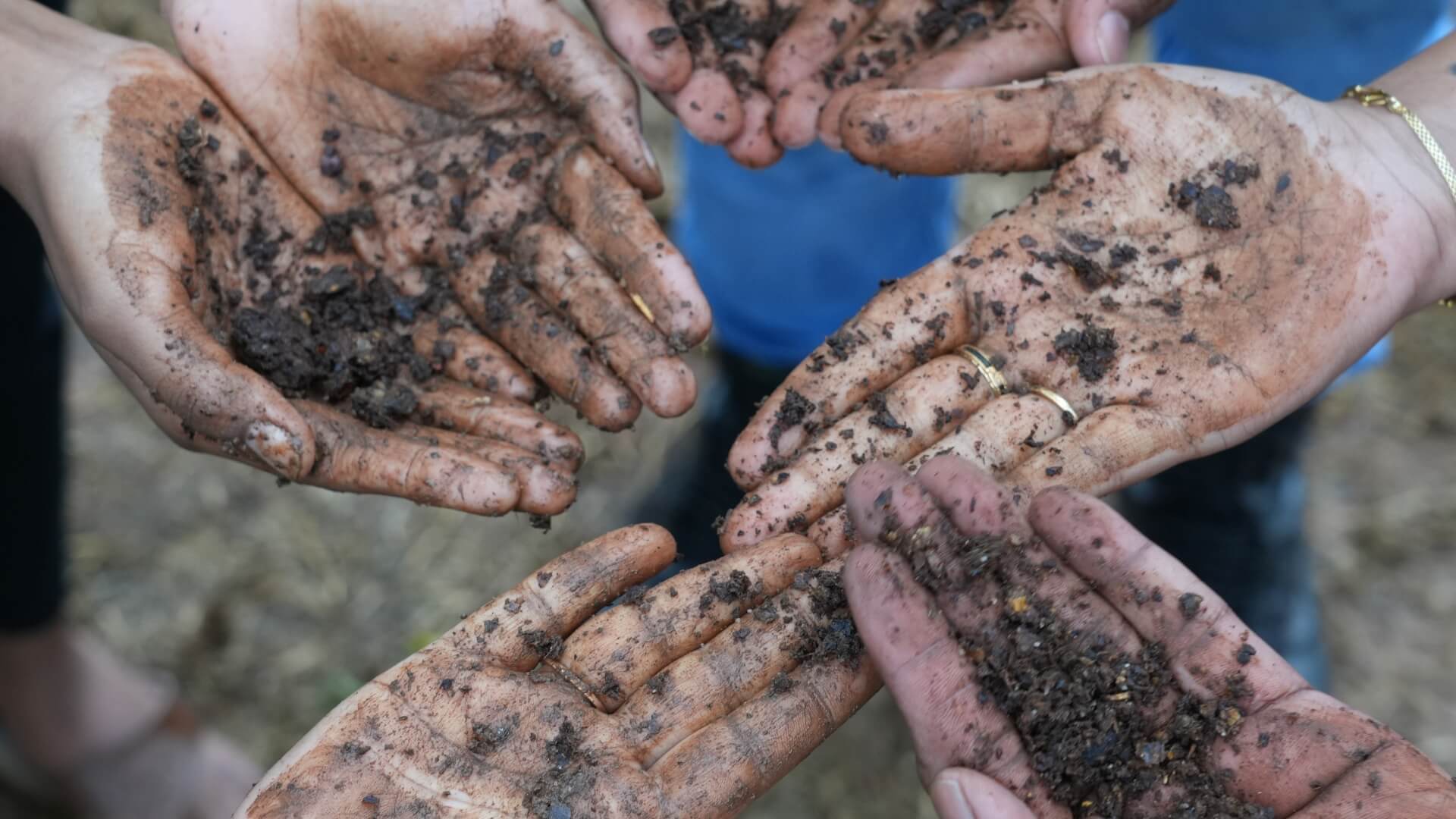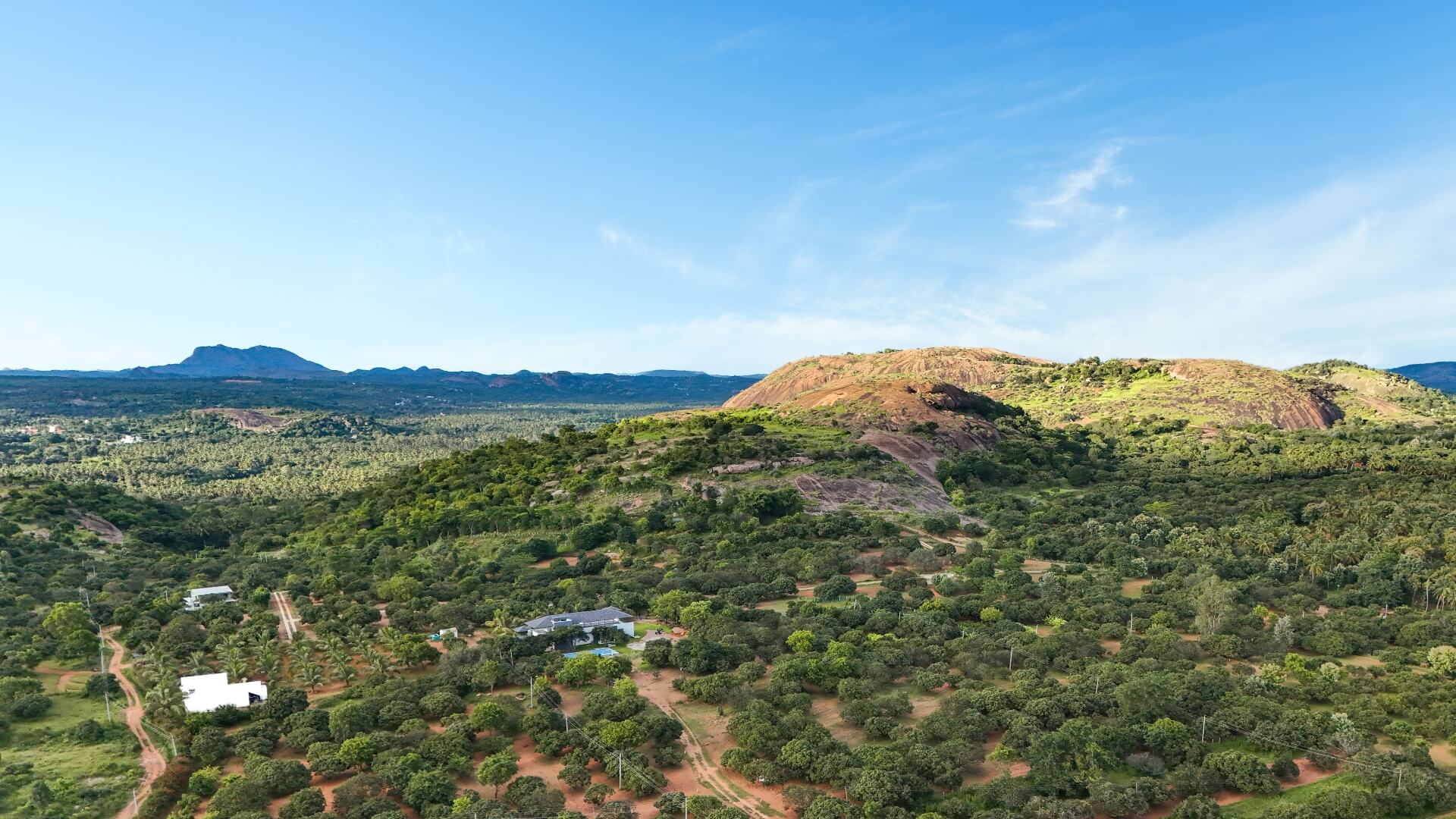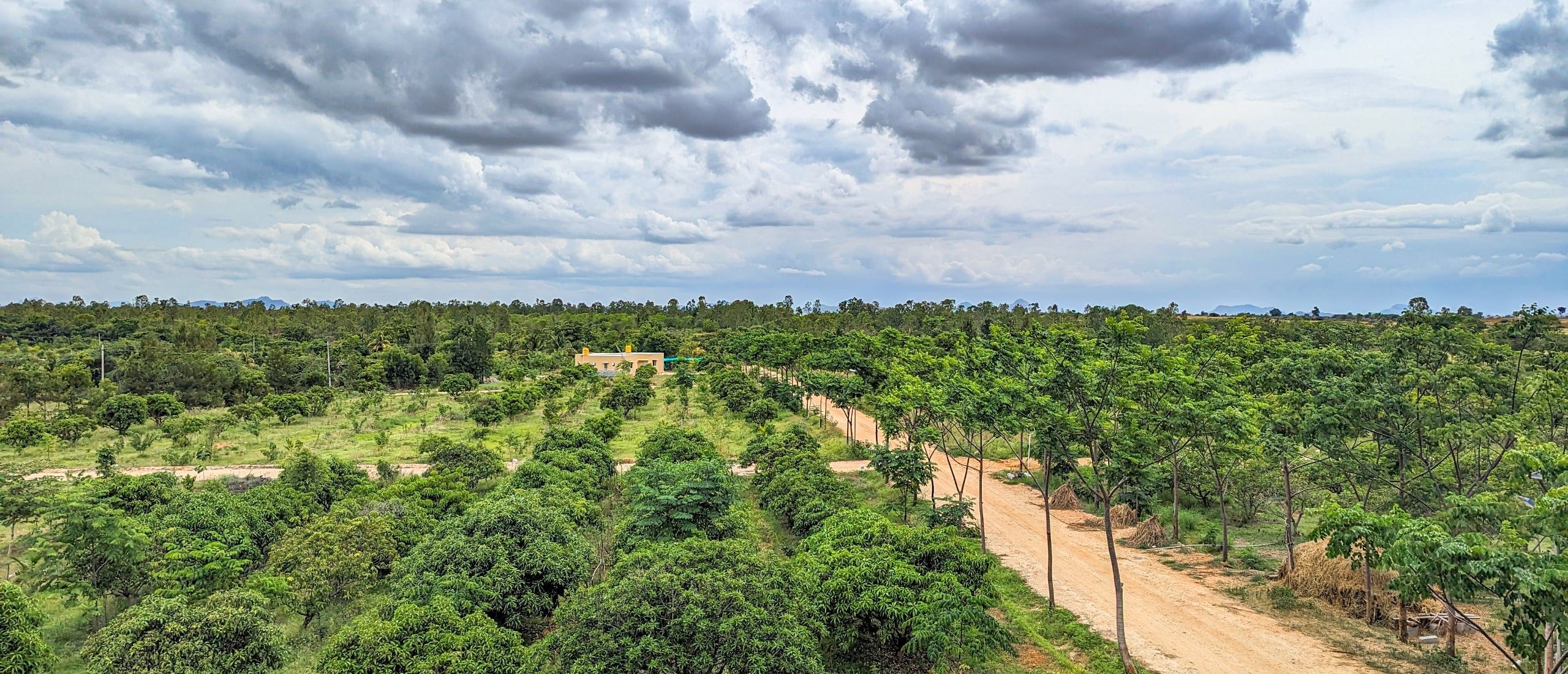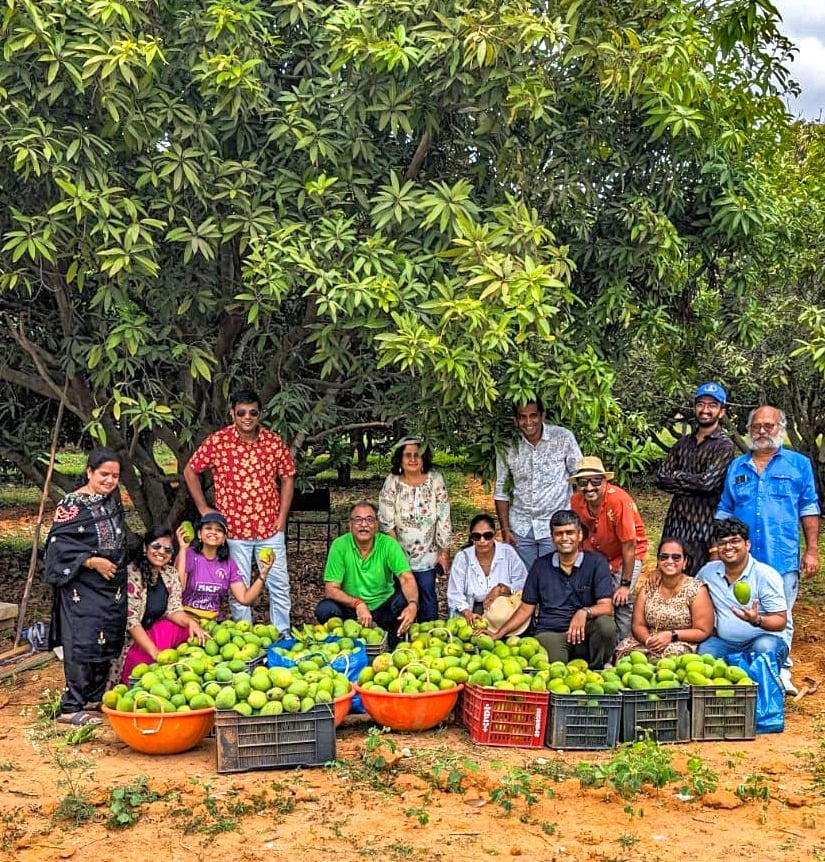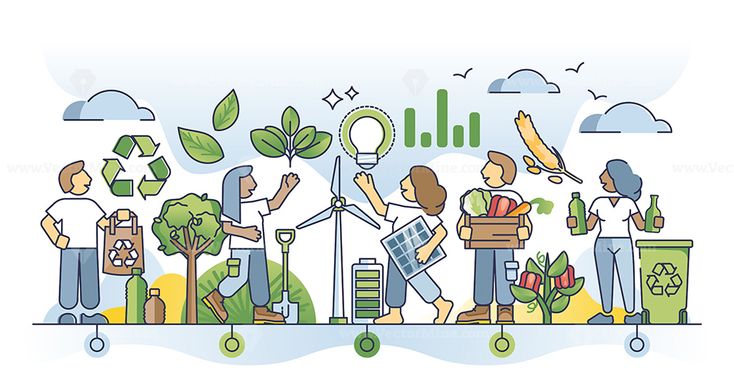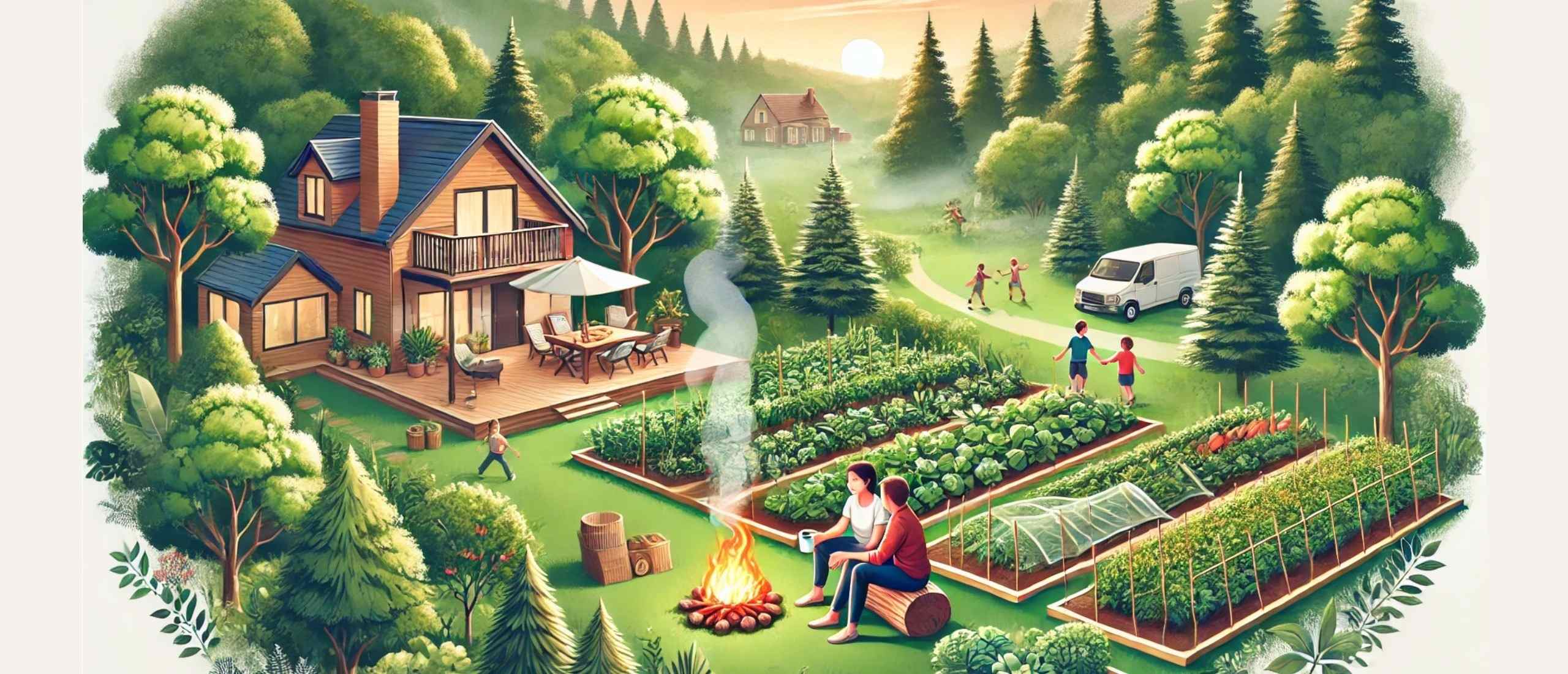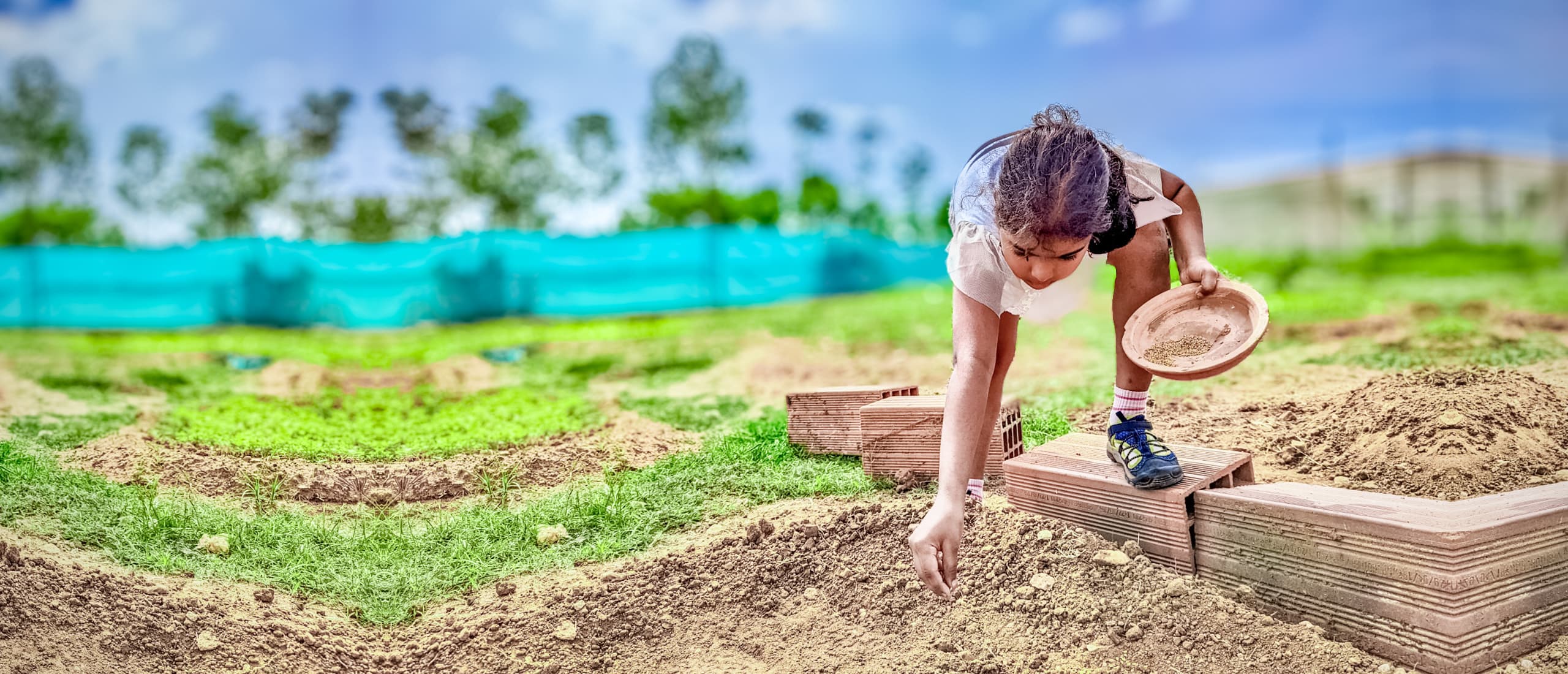May 19, 2021
Author: Nihal Anand
Many things come to one’s mind when one thinks of bees. That singular buzz in the air. The prick of the sting. The sweet smell and taste of the honey. And every child’s worst nightmare, those huge honeycombs hanging off trees. As children, we all read about how twelve worker bees would come together to produce one tablespoon of honey. While that is certainly an astonishing fact, what must also be noted is that bees are multitaskers by nature. While it’s possible (though not desirable) to imagine a world without honey, we cannot and should not be compelled to imagine a world without bees. For instance, one-third of our global food supply relies on pollinators like bees, and a world without these workaholics would face acute food shortage.
Bees as Environmental Service Providers:
It takes more than just the soil, water and sunlight to facilitate food production. At least 30% of the crops, and 90% of plants in general, require cross-pollination to spread and thrive. Enter bees, our perfect pollinators. Pollination is the unity of the male pollen grain with the female egg cell. Through their pollination odysseys, bees are responsible for the production of many seeds, nuts, berries and fruits which serve as a vital food source to humans and a variety of wild animals. Without them, our gardens would be bare, our plates empty and our ecological balance disturbed.
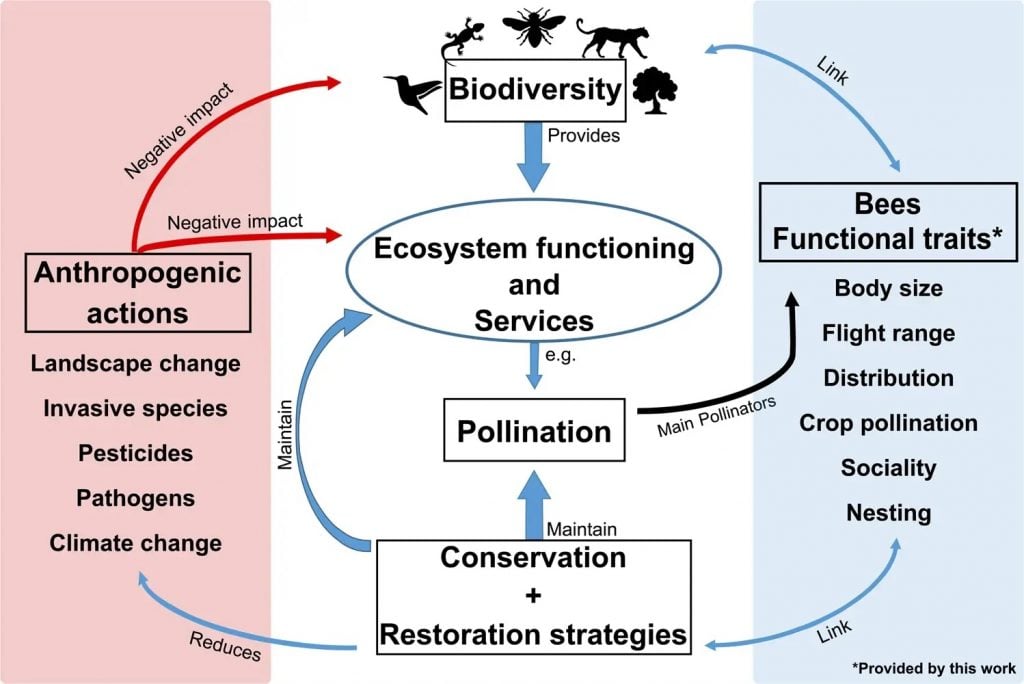
(Source: Nature.com, 2020)
Bees indeed play a vital part in every aspect of the ecosystem by restoring biological
diversity. They contribute largely to complex, interconnected ecosystems that allow a diverse number of species to coexist.
V.V. Belavadi, a scientist at the University of Agricultural Sciences, says India is home to nearly 796 species of bees with 40% of them endemic to the country. Unfortunately, the population of bees has been declining rapidly over the last few decades. Research at NABARD, the National Bee Board, and state agriculture departments, suggests that bees are dying from a variety of factors like pesticides, drought, habitat destruction, nutrition deficit, air pollution, global warming and more. All of these causes are of anthropogenic origin, which means it is we who are responsible for the two most prominent causes in the aforementioned list, namely pesticides and habitat loss.
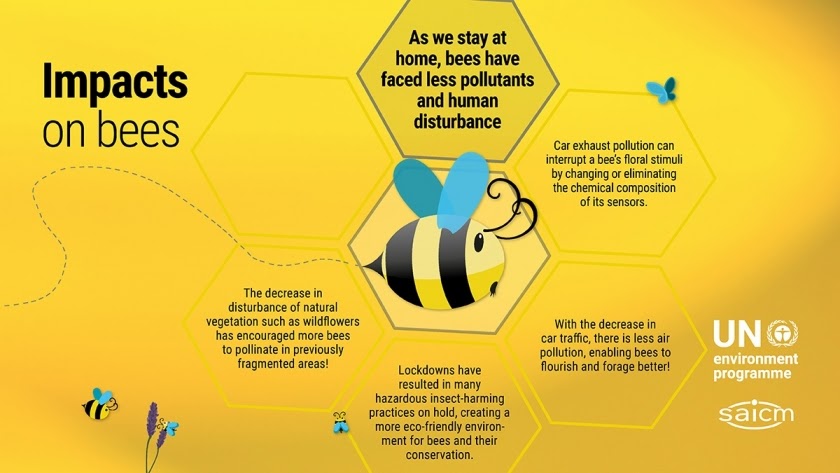
(Source: UNEP, 2020)
How can we save the diminishing Bee population?
A natural, effective, and preventive measure would be to adopt organic farming practices in farmlands. Organic farming practices are environmentally friendly and prevent the use of harmful pesticides. Natural solutions such as compost are not only beneficial to soil health, but also mitigate potential damage to the ecosystem.
With deforestation as a consequence of the steady urbanization on the rise, one can help bolster bee habitats by preserving the existing trees and undertaking tree plantation in their area. Creating dense food forests and agroforests enables cross-pollination and can facilitate new habitats for the bee population to thrive in. No matter where one lives or what one does, there is always a way to do your bit for the bees, whilst keeping a safe distance from their sting. If everyone does their part, all of us win—bees, plants, and people, and can all work together to restore biodiversity by coexisting sustainably. A fascinating fact presented by Bee Careful, an initiative of the Hero Group says “20,000 bees swarming out of a hive several times in a day, could pollinate over 20 million flowers each day”.
If nothing else, at least for the sake of aesthetics, let’s be nice to bees.
References:
- Neff, J.L. & B. B. Simpson. 1993. Bees, pollination systems and plant diversity. In Hymenoptera and Biodiversity. J. LaSalle & I.D. Gauld, Eds.: 143–167. CAB International. Wallingford, UK.
- Michener, C. 2007. The Bees of the World, 2nd edition. Johns Hopkins University Press. Baltimore and London.
- Kevan, P.G., E.A. Clark & V.G. Thomas. 1990. Insect pollinators and sustainable agriculture. Am. J. Altern. Agric.5: 12–22
- https://www.nature.com/articles/s41597-020-0461-3
- https://www.unep.org/news-and-stories/story/honey-bees-feel-sting-viral-disease







